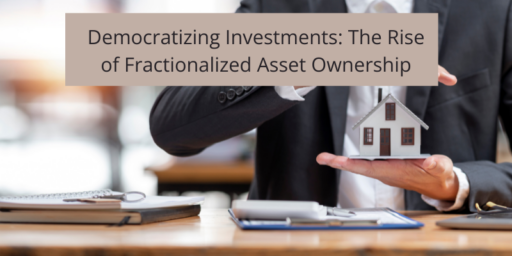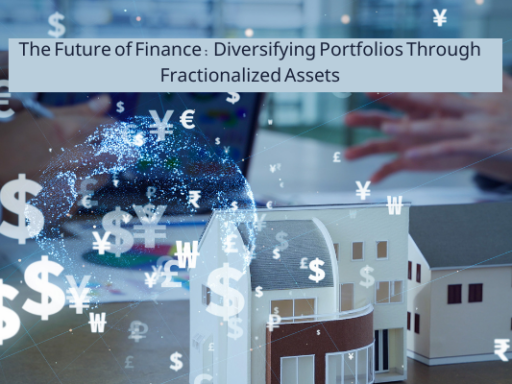Fractionalized asset ownership is a concept that is gaining traction in various industries, allowing multiple parties to share in the ownership and benefits of high-value assets. This model has the potential to revolutionize the way we think about ownership and investment. Let’s explore this trend further.
What is Fractionalized Asset Ownership?
Fractionalized asset ownership refers to the scenario where several unrelated parties can share in the risk and ownership of a high-value tangible asset. Instead of one individual or entity owning the entire asset, multiple stakeholders hold a fraction of the asset’s ownership. This concept enables individuals with limited access to capital or those looking to diversify their investments to participate in areas such as real estate, art, luxury goods, and more.
Examples of Fractionalized Asset Ownership
Here are some real examples of Fractionalized Asset Ownership:
- Real Estate: Fractional ownership of real estate allows investors to purchase a percentage or share of a property instead of paying the full price. This approach enables individuals to invest in high-value properties that they might not be able to afford on their own. Fractional ownership of real estate is gaining popularity and is seen as a way to democratize real estate investing.
- Art and Collectibles: Fractional ownership is transforming the art market, making it more accessible to a broader range of investors. Companies like Masterworks and Otis allow consumers to purchase shares in fine art pieces or unique collectibles, providing an opportunity to invest in valuable assets that were previously out of reach for many.
- Luxury Assets: Fractional ownership is also being applied to luxury assets such as private jets, yachts, vintage cars, and more. This model allows individuals to own a fraction of these high-value assets, sharing the costs and benefits with other stakeholders. Companies like Acquicent specialize in fractional ownership of luxury assets, making it possible for a wider range of people to participate in this market.
Benefits and Challenges of Fractionalized Asset Ownership
Again, before taking real actions, you should learn more about the benefits and challenges of Fractionalized Asset Ownership:
Benefits of Fractionalized Asset Ownership:
- Increased Access: Fractionalized asset ownership provides an opportunity for individuals with limited resources to invest in high-value assets that were previously inaccessible to them.
- Diversification: Fractional ownership allows investors to diversify their portfolios by investing in different types of assets, spreading their risk across multiple investments.
- Shared Costs and Responsibilities: By sharing the ownership of an asset, stakeholders also share the costs and responsibilities associated with maintaining and managing the asset.
Challenges of Fractionalized Asset Ownership:
- Complexity: Fractionalized asset ownership can involve complex legal and administrative processes, especially when multiple parties are involved. Proper management and governance structures need to be in place to ensure smooth operations.
- Security: With the rise of tokenization and blockchain technology, ensuring the security of fractionalized assets becomes crucial. Measures need to be taken to protect the tokens representing fractional ownership and prevent unauthorized access or fraudulent activities.
The Future of Fractionalized Asset Ownership
Fractionalized asset ownership is expected to continue growing and evolving in the coming years. The advancement of technology, particularly blockchain and tokenization, is likely to play a significant role in facilitating and expanding the scope of fractional ownership. Tokenization can enhance liquidity, price discovery, and accessibility of illiquid assets, making fractional ownership more attractive to investors.
As this trend continues to develop, it will be interesting to see how fractionalized asset ownership impacts various industries and the broader economy. It has the potential to democratize investment opportunities, reshape traditional ownership models, and unlock new possibilities for individuals to participate in high-value asset markets.





